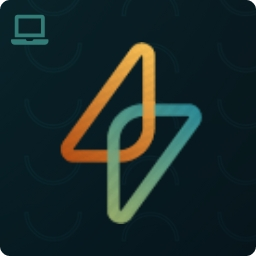LGCY ADMIN
Turning three disjointed portals into one streamlined, scalable platform employees actually enjoy using.








LGCY Power’s internal teams relied on three separate admin portals to handle user management, company structure, and onboarding. Each system had different layouts, inconsistent branding, and bloated features that slowed down work.
The LGCY Admin redesign unified these tools into one streamlined platform, cutting complexity and improving efficiency for employees across the organization.
Before LGCY Admin:
%20(1).jpg)
%20(1).jpg)
.jpg)
%20(1).jpg)




To understand pain points and opportunities, I conducted:
Key Insights:
%20(1).jpg)
To tackle the challenge of centralizing multiple admin tools into one platform, I took a structured and iterative approach:
Through the steps listed above, the final LGCY Admin prototype addressed these challenges through:
Reorganized long detail pages into easy-to-navigate tabs, reducing scrolling and helping users find key info faster.
.jpg)
Introduced guided workflows with progress indicators for tasks like onboarding new users, offices, or regions, making complex processes simple and intuitive.
.jpg)
Visualized relationships between offices, divisions, and regions, replacing the old system where connections were hidden and users had to dig into each entity.
.jpg)
Instead of juggling three separate portals, we created a single system that brings all tools and workflows into one place. The platform is also flexible by design, making it easy for the team to add new features and pages as the company evolves.
The redesigned Admin system led to: